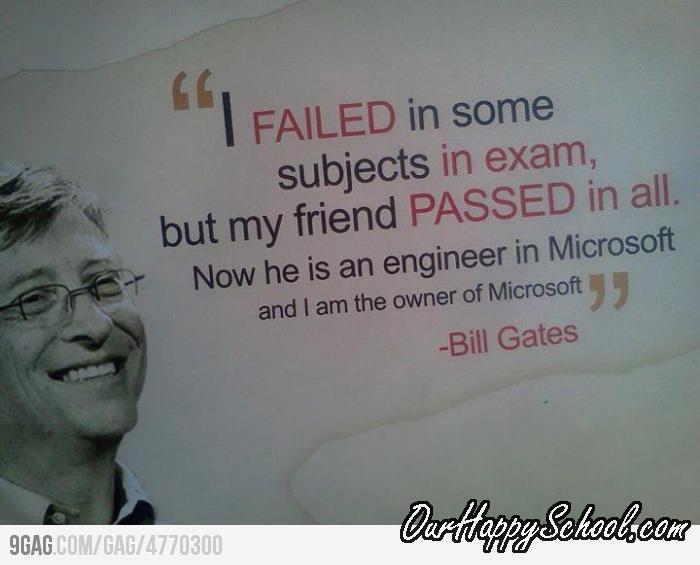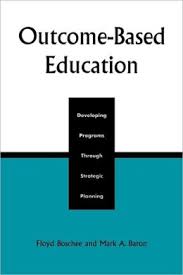Submitted by Rey Pascual Ongoco on Fri, 03/07/2014 - 13:15
ELECTRIC MOTOR
Part 3
March 11, 2014
• Motor Protection
• Protecting an electric motor basically involves preventing the motor from getting too hot.
•
• Every 10C above the maximum recommended temperature of the insulation can reduce its working life by half.
• The best way to protect a motor against overheating is to directly monitor the temperature of the motor windings.
• If the temperature exceeds the maximum set value for the motor its contactor is tripped to allow the motor to stop and cool down.
Submitted by Rey Pascual Ongoco on Fri, 03/07/2014 - 12:56
ELECTRIC MOTOR
PART 2
March 10, 2014
• Induction Motor – Basic Operation
• When 3-Φ supply is connected to the stator winding the currents which flow in the windings produce a multi-pole magnetic field.
• This field rotates at a speed called synchronous speed.
f = P x N/120
N – synchronous speed, rpm
P – no. of magnetic poles
f – supply frequency, Hz
• Example: What is the synchronous speed of a 6-pole motor supplied at 60Hz?
• Answer: 1200 rpm
The rotating magnetic field cuts through the rotor conductors and induces emf’s in them.
Submitted by Rey Pascual Ongoco on Fri, 03/07/2014 - 12:46
Electric Motors
PART1
March 7, 2014
• The drive power for compressor, pumps and fans aboard ship comes from electric motor.
• The most common type of motor is the 3-Φ, cage-rotor induction motor. It is simple, tough and requires very little attention.
• Another advantage is in starting and stopping these motors that can be done with simple, reliable direct-on-line contactor starters.
• Induction motors are usually supplied at 440V, 60Hz, but 3.3 kV, 60Hz is sometimes used for large drives such as bow thrusters and cargo pumps.
Submitted by Rebecca M. Nunesca on Thu, 03/06/2014 - 11:04
 Are measuring instrument really an effective way of evaluating student's performance?Is this a valid criteria of identifying one's success?
Are measuring instrument really an effective way of evaluating student's performance?Is this a valid criteria of identifying one's success?
Submitted by Rebecca M. Nunesca on Thu, 03/06/2014 - 09:11
MORALE AND MOTIVATION AT WORK
CHAPTER OUTLINE:
Morale And Job Satisfaction
Basic Factors Influencing Employee Morale
Performance Based Rewards
Factors Influencing Motivation
Suggestions for Motivating Employees
Things to Consider in Motivation
Two Approaches to Work Motivation
Rewards and Performance at Group Level
Submitted by Merlyn A. Labbao on Mon, 03/03/2014 - 04:25
http://Effective Methods of Teaching in the ElementaryProfile: Mr. Merlyn A. Labbao
Educational Attainment:
AB- History.
MAEM
(currently studying)
Work Experience:
17 years Elem. Teacher at SSA(Private)
Currently employed at Lagro Elem. Sch.
Skills:
e-learning advocate, blogger, education
article write,
Submitted by Mark Anthony C. Sy on Sat, 03/01/2014 - 01:48
Learning doesn’t stop in the four corners of the classroom. It always been a challenge to educators and instructional developers to cater the needs of the pupils. Innovations and techniques in teaching is rampant. Everything focused on the welfare of the learners. But how can we contribute to all of these changes and start the light in our own community? The answer is very simple; Its just you, your time and your interest.
Submitted by Annabelle S. Pomar on Sun, 02/23/2014 - 01:34

Advocates the importance of education beyond learning process, it emphasizes the learning processes that would lead to planed and specified learning outcomes. The essential attributes reflect the students’ competencies and values, and represent outcomes that are transferable to a variety of contexts for the present and the future.
Submitted by Maria Xuyein B.... on Wed, 02/19/2014 - 07:50
Are you interested in publishing an informative blog? Do you have a good topic in mind? Are you an educator? Then try to make an interesting educational blog here at OurHappySchool.com
Submitted by Suzette M. Mercado on Thu, 02/13/2014 - 09:39
 The Philippines is now focusing on OBE because of some particular reasons:
The Philippines is now focusing on OBE because of some particular reasons:
-
Globalization of Education – Education agreements around the world promotes OBE. The Philippine Technological Council apply for Washington Accord, thus, different universities have taken their initiatives to move towards OBE.
-
International Trends – There are International Professional Registries especially for engineering program require completion of a program that is accredited by an OBE system.
-
Global mobility for Professional Practice - The Commission on Higher Education (CHED) will require establishment of an OBE System to promote global mobility.
To facilitate achieving this goals of international recognition and global competencies, educational institutions particularly universities constantly play an increasingly important role in developing and creating our human capital.
Pages